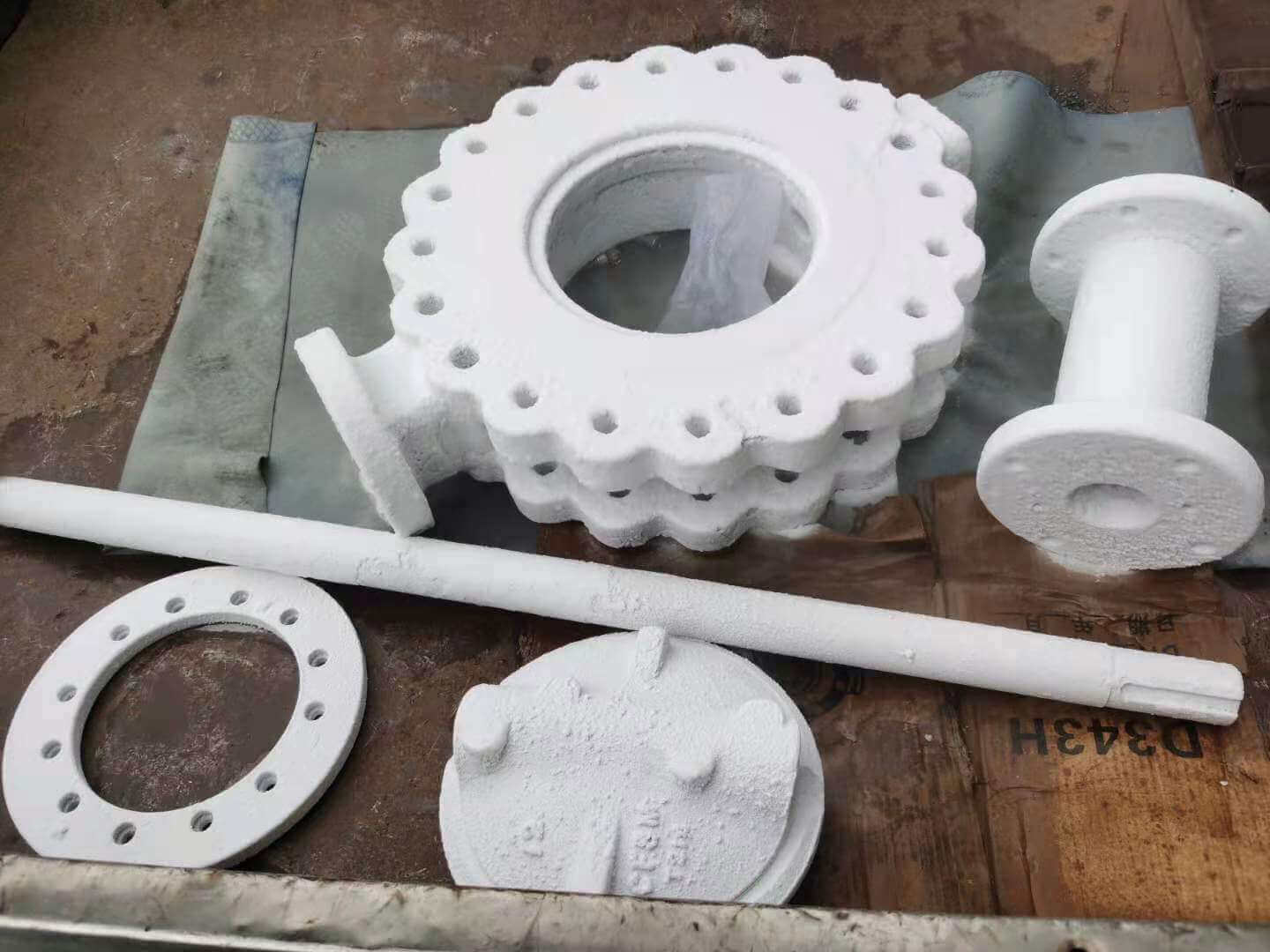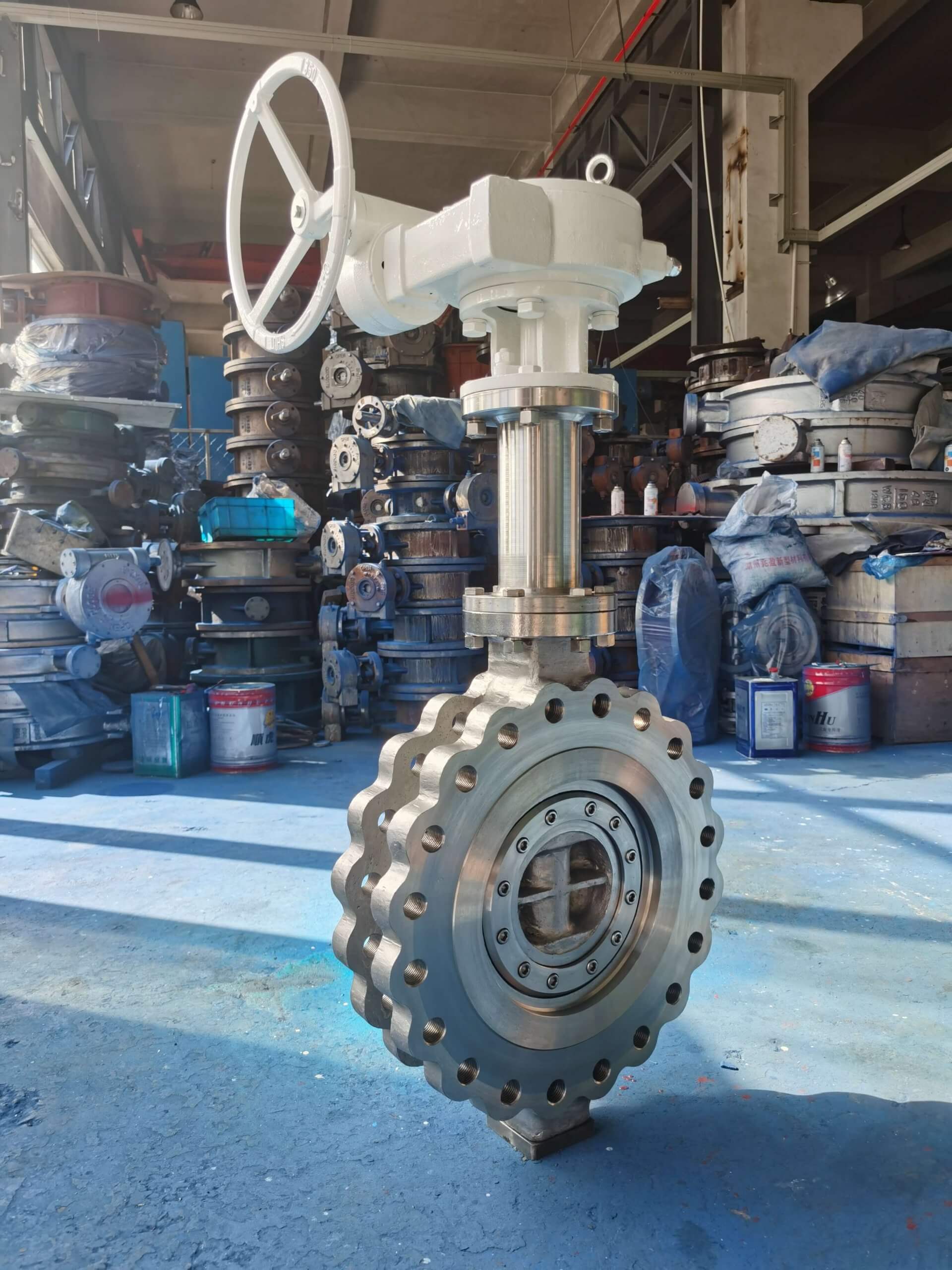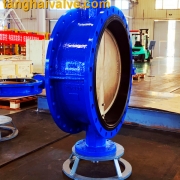Cryogenic valve principle |standard |illustration |selection
Principle of Cryogenic valve|Standard of Cryogenic valve|Selection of Cryogenic valve
The so-called cryogenic valve is a kind of altra-low temperature valve, as the name implies, is a valve suitable for working in cryogenic conditions. In the valve industry, valves that tend to -40°C are called cryogenic valves. Cryogenic valves are generally used in cryogenic systems such as liquid helium, liquid hydrogen, liquefied natural gas, and air separation. The medium used is liquid helium, liquid hydrogen, liquefied natural gas, liquid nitrogen, liquid oxygen and other cryogenic fluids. Under low temperature conditions, conventional metal hard seals and non-metal soft seals cannot meet the sealing requirements. In order to ensure that cryogenic valves can operate safely and reliably at low temperatures, there are some special considerations and requirements in the design and manufacture of cryogenic valves. see photo attached is a cryogenic triple offset butterfly valve.

triple offset valve parts-after-cryogenic process
Principle of ultra-low temperature valve: For valves used in ultra-low temperature conditions, the medium temperature is very low, and the metal materials will experience low temperature cold brittleness. The strength and hardness will be greatly improved, and the plasticity and toughness will be greatly reduced. This will directly affect the performance and safety of the valve. If an ordinary valve is used, the low temperature will freeze the packing in the valve stuffing box, and it will not be able to play a sealing role. In this way, the valve needs to be lengthened from the sealing seat on the bonnet to the bottom of the stuffing box. With sufficient isolation space and heat dissipation distance, the low-temperature medium in the valve body will not freeze the packing. As shown in the figure, the part marked with 175mm is the lengthened part.
In ultra-low temperature conditions, the valve stem and valve body can only adopt stuffing box or bellows structure. There are many restrictions on the use of bellows. Generally, the structure of the stuffing box seal is adopted. The stuffing box seal structure is simple to process and convenient to maintain. However, the sealing effect cannot be guaranteed under the condition of <-40℃, so the ultra-low temperature valves are all Keep the stuffing box as far away from the material as possible, and choose packing with low temperature characteristics.
Selection of ultra-low temperature valve:
Valve body: Ferritic stainless steel can be used when the temperature is higher than -100°C, austenitic stainless steel can be used when the temperature is lower than -100°C, copper alloy or aluminum alloy can be used for low-pressure and small-diameter valves. Stem: Made of austenitic stainless acid-resistant steel, it needs to be properly heat-treated to increase the tensile strength. At the same time, it must be hard chrome plated (coating thickness 0.04~0.06mm) or nitriding treatment to increase the surface hardness.
Gasket: When the working temperature is higher than -196℃ and the maximum low temperature working pressure is 3MPa, the asbestos rubber sheet made from long fiber can be used; when the working temperature is higher than -196℃ and the maximum low temperature working pressure is 5MPa, it can be used. Stainless steel spiral wound gasket with asbestos, stainless steel spiral wound gasket with PTFE, or stainless steel spiral wound gasket with expanded graphite.
Fasteners: when the temperature is higher than -100°C, the bolt material is Ni, Cr-Mo and other alloy steels, which need to be properly heat-treated to prevent thread bite; when the temperature is lower than -100°C, the bolt material can be austenitic Body stainless steel. The nut material is generally Mo steel or Ni steel, and the thread surface is coated with key disulfide.
Ultra-low temperature valve design standards:
1. Design: API6D, JB/T7749
2. Valve routine inspection and test: according to API598 standard.
3. Low temperature inspection and test of valve: According to JB/T7749.
4. Drive mode: manual, bevel gear drive and electric drive device.
5. Valve seat form: The valve seat adopts a welded structure, and the sealing surface is welded with cobalt-based hard alloy to ensure the sealing performance of the valve.
6. The ram adopts an elastic structure, and a pressure relief hole is designed at the pressure inlet end.
7. One-way sealing valve body is marked with flow direction mark.
8. The low-temperature ball valve, gate valve, and stop valve adopt a long neck structure to protect the packing.
TH Valve is a professional manufacturer of butterfly valve, gate valve, check valve, globe valve, knife gate valve, ball valve with API, JIS, DIN standard, used in Oil, Gas, Marine industry, Water supply and drainage, fire fighting, shipbuilding, water treatment and other systems, with Nominal Diameter of DN50 to DN1200, NBR/EPDM/VITON, Certificates & Approvals: DNV-GL, Lloyds, DNV, BV, API, ABS, CCS. Standards: EN 593, API609, API6D


 tanghaivalve.com
tanghaivalve.com

 © Copyright 2020 Tianjin Tanghaidongyang Valve Co., Ltd. All Rights Reserved.
© Copyright 2020 Tianjin Tanghaidongyang Valve Co., Ltd. All Rights Reserved.